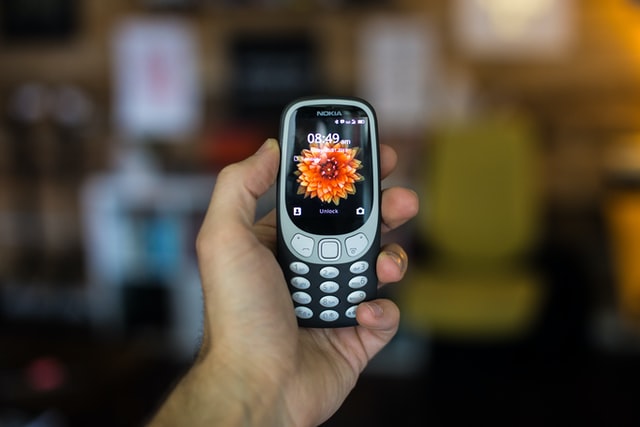
Tour Three. Global Connection
Plugging in
A middle school teacher in Tampere, Finland needed to tell his students that gym class at a nearby outdoor track was cancelled. The teacher sent the message to his students as an “SMS” (a wireless text message) that they
received on their känny (Finnish for cellular phones).
Tampere is one of the few places in the world where both students and teachers have cell phones, carry them to school, and communicate with them using the short messaging system.
In a sense, the story started much earlier. In the 1980’s, Finland decided to spend lots of money to educate worldclass engineers and doctors. When educated and competitive people were encouraged to learn, research, and
experiment, the results were remarkable. Everyday life changed forever.
Today, for example, Finns pay almost all of their bills on-line. They can use their cell phones to receive electronic bus or train tickets via SMS. And the Finns have even developed a robot that cooks for the elderly.
These advances have made Finland a favorite for the foreign press. Journalists have nicknamed Finland the Mobile Communications Laboratory, Mobile El Dorado, the Japan of the North and A Field of Experiments Where Anything Is Possible.

One obvious reason for Finland’s reputation as a technology innovator was Nokia, the world’s largest mobile phone manufacturer. Eager to try new technologies and proud of Nokia’s success, Finns rapidly adopted mobile
communications. In early 2001, more than 88 percent of Finnish households had at least one cellular phone. People of all ages, including preschoolers and senior citizens, use cellular phones.
Hong Kong, Taiwan, Austria and Italy may have as many cell phones per capita as Finland, but the lives of young people in other countries have not changed as significantly as the lives of Finnish youth. People in other countries may hear from their boyfriends or girlfriends, but they are unlikely to receive text messages from their teachers during school hours.
Technological advances let people around the world learn from each other by exchanging information more easily.
High-tech companies hope to encourage good decision making and improve quality of life by giving people easier and better access to information.
The communications revolution has changed Finnish society and the way Finns feel about themselves.
Finnish teens often describe their cell phones as their alter egos or their “babies.” They “dress” their phones nicely in a variety of fun covers. They “play with” them when they play the games that are programmed into their phones. They take care of them by cleaning and “feeding” them — charging their batteries. In winter, they carry their handsets close to their hearts to keep them warm. Kids value their cellular phones even more if they contain interesting text messages or all their friends’ names and numbers, stored in memory. Lots of friends “packed” in the mobile phone reflect their owners’ popularity. While teachers may rarely communicate with their students by phone, parents often use phones to reach their children.
Cell phones act as bodyguards and babysitters; they allow parents to reach their children at all times. Curfews are frequently negotiated over the phone.
Finnish kids usually answer a cell phone call, “Missä sä oot?” (“Where are you?”). That is a good question since the person calling can be almost anywhere: tanning on the beach, working out at a gym, or standing in line at the corner store.
Cellular phone text messaging is far more popular among young Finns than e-mail. In the year 2000, Finland’s population of only 5.3 million exchanged nearly one billion short messages. Kids like being on the move. And many
Finnish families have given up their landline telephones altogether.
Quiz
- Finns have
- no gym classes
- lots of cell phones
- ugly nick names
- few good engineers
2. Nokia was
- a small household
- a mobile phone company
- a text message
- Finnish for cell phone
3. The text says that Finnish teenagers prefer mobile communication to
- school
- friends
- hobbies
4. What do Finnish children sometimes consider a sign of popularity?
- the number of phones they own
- the number of faxes they receive
- the number of e-mails they receive
- the number of things they have stored in their cell phones

